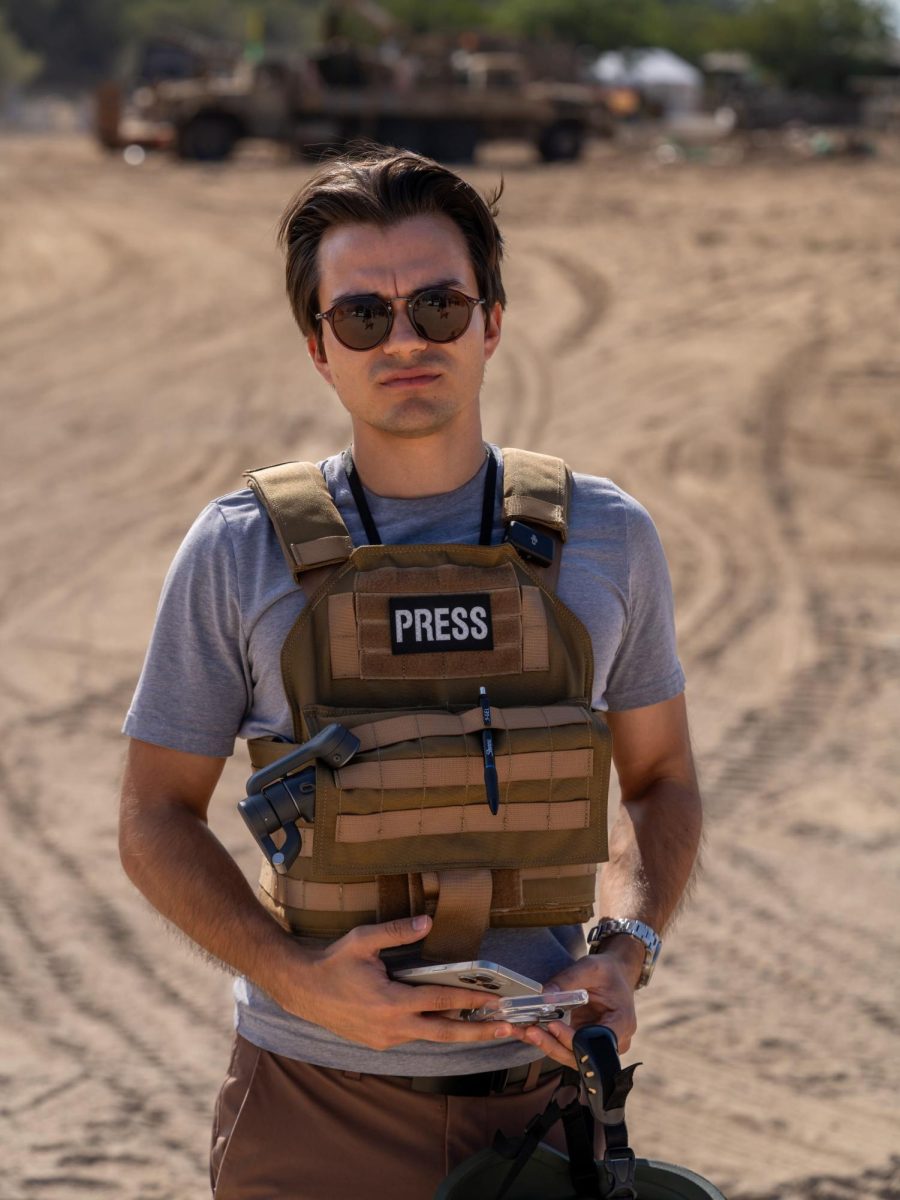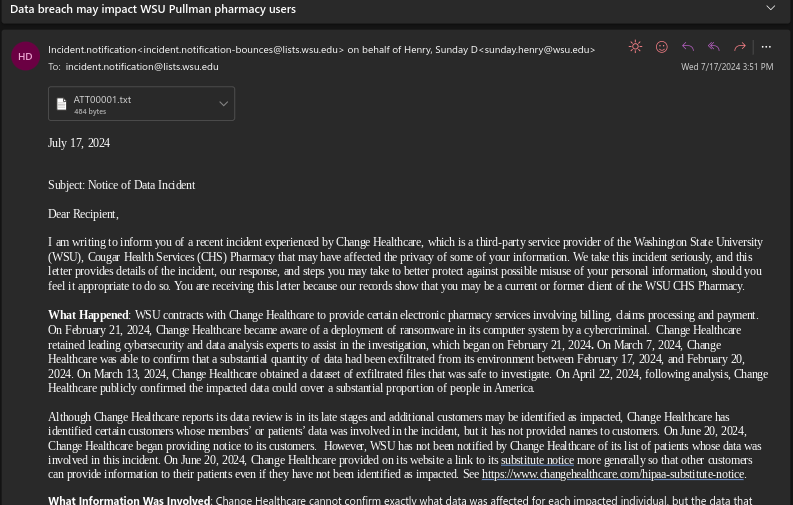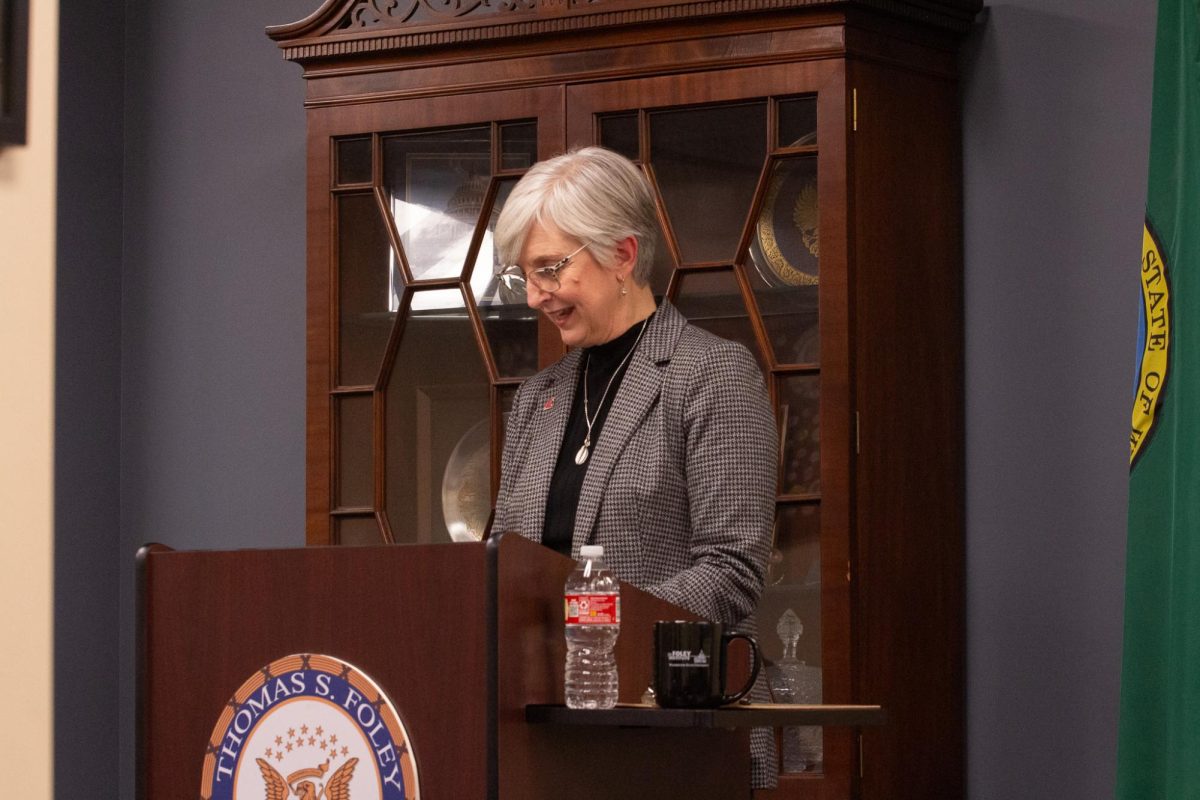A WSU broadcast journalism alumnus is currently covering the current conflict between Israel and Hamas in Gaza as a freelance journalist.
Zach Anders, 26, said Hamas is a terrorist army held up inside a civilian city. They are seeing one of the largest invasions of a major city which is different from Ukraine.
“The civilian cost is insane and you also don’t have access to where everything is actually taking place,” Anders said.
While Palestine and Israel have a long history of ongoing conflict, the most recent conflict began Oct. 7 when Hamas launched a surprise attack on Israel, infiltrating communities near the Gaza Strip, according to a BBC article.
At least 1,400 Israelis were killed and 203 soldiers and civilians, including women and children, were taken as hostages by Hamas, according to the BBC article. In response, the Israeli military killed more than 4,000 Palestinians in Gaza by air and artillery strikes.
Anders said journalists do not have access to Gaza and that there are only some Palestinian journalists in Gaza to report on the conflict. It’s not possible for Western journalists to get close and be objective about what’s happening to those people.
“Israelis control the checkpoints and the fence that goes around Gaza, so they control who comes in and who comes out,” Anders said. “And right now they’re not letting anyone in or out.”
Anders is covering the conflict from the Southern District of Israel, in a city called Ashkelon which is on the border of Gaza.
On the Israeli side there are lots of other journalists, so it’s relatively safe, he said. Rockets fall overhead so journalists have to be careful about where the debris lands.
“We’re all looking at the same thing and we’re all in shock about what we’re seeing,” he said. “Gaza is like the size of Philadelphia which is really small, so you can see the explosions in the distance.”
Lawrence Pintak, Murrow College founding dean, said people have to understand the history between Israel and Palestine to understand the current conflict.
“For anyone who understands the region, an explosion was inevitable,” Pintak said. “The scale of this attack is what’s surprising.”
Pintak said there was a peace deal done between Israel and Palestine that was called the Oslo Accords in the early 90s. The Oslo Accords meant the Palestinians would get their own state alongside Israel that would be made up of what is now the West Bank and Gaza, but this deal was not brought to fruition.
“Instead, there has been more building of Israel settlements on the West Bank, so today there are 700,000 settlers on the West Bank and the Palestinian Authority only controls about 20% of the land on the West Bank,” he said.
Pintak said Gaza has been an open-air prison since 2007 and that Israel’s blockade has crammed two and a half million Palestinians in, never being allowed to leave.
“That does not in any way, shape, or form, condone the violence and the slaughter that we saw from Hamas Oct. 7,” Pintak said. “But it helps us to understand why it happened.”
Pintak said he’s teaching an online course for Murrow in the spring called Terrorism Islam in the Media due to the current Gaza conflict.
Anders said the spread of misinformation from both sides has made it difficult to cover the conflict.
“There’s no way to independently verify what’s happening in Gaza anyways,” he said. “It’’s just become this near-impossible task of what can you report and what should you wait to report until confirmed.”
With the death toll of journalists rising, Anders said the main concern for safety is accidentally being mistaken for a soldier due to the body army he has to wear. If you don’t have press clearly labeled on your body armor, they might not recognize you as a journalist.
“I’ll worry about other things once we go inside Gaza, but right now I’m worried that I look too much like a soldier,” he said.
Anders said journalists plan to enter Gaza if the Israel Defense Forces let them follow depending on what land they secure in Gaza. They will not be able to go in on their own without an IDF escort.
















